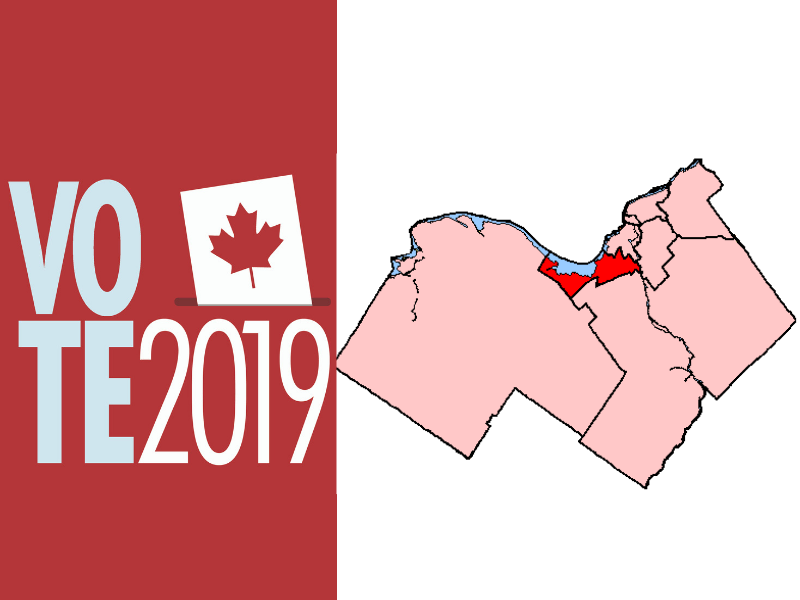
Conservation First, Results Later
The rallying cry of many contemporary environmentalists is “conservation” – emphasizing the need for the preservation and restoration of our natural resources. Critics have often accused the Ontario Ministry of Energy of ignoring the importance of conservation. For the Hon. Bob Chiarelli, Ontario’s recently appointed Minister of Energy and current MPP for Ottawa West-Nepean, conservation ranks as a chief priority. However, reducing energy consumption can only be achieved through an increase of energy spent on projects that promote sources of clean and sustainable energy, coupled with the assurance that Ontario’s Liberal government will listen to the concerns of its municipalities. Chiarelli’s plans are long-term; many argue that this renewed interest in conservation has come too late, while others simply feel ignored.
Earlier this summer, Chiarelli unveiled Ontario’s energy strategy by releasing Conservation First: A Renewed Vision for Energy Conservation in Ontario. The paper examines the Ministry of Energy’s past projects and is meant to stimulate discussion which will result in the review and update of Ontario’s Long-Term Energy Plan, due later this fall.
“Conservation is the cleanest and least costly energy resource, and offers consumers a means to reduce their electricity bills,” says Chiarelli. “That’s why it is at the forefront of our plan to meet Ontario’s electricity needs.”
According to some critics, the Ministry’s commitment to conservation is a welcome plan – albeit overdue.
“For years, environmentalists have been identifying conservation as the missing piece that ought to be the first piece,” says Dan McDermott, director of the Sierra Club’s Ontario Chapter. Yet McDermott remains optimistic: “They’ve announced a commitment. That’s frankly more than we’ve seen in the past.”
Since being appointed Minister of Energy in February, Ottawa’s former mayor has busied himself by renewing past efforts such as the Smart Grid Fund, which originated in 2009 with the aim of creating efficient grids operating as modernized conservation tools that reduce energy consumption and increase clean, dependable and sustainable energy. Chiarelli’s championing of the program has revitalized the Smart Grid Fund, allowing for further projects to use the benefits of conservation.
“We have a real opportunity to build one of the most advanced electricity grids in the world,” Chiarelli says. “The smart grid projects will give consumers more power over their electricity use, while ensuring our entire system uses energy as efficiently as possible.”
This past August, Chiarelli, in wanting to give “consumers more power,” introduced the Municipal Energy Plan (MEP) and the Aboriginal Community Energy Plan (ACEP). These optional plans function as counterparts to Ontario’s Long-Term Energy Plan by isolating the energy consumption of individual communities and thereby adapting to each municipality’s distinct necessities and targets.
“The Municipal Energy Plan and the Aboriginal Community Energy Plan will help communities identify goals and new opportunities to save money and reduce their environmental footprint,” says Chiarelli. The call to save and reduce safeguards prospective savings for Ontario residents.
Yet critics of the Minister’s plans feel ignored when the topic turns to the controversy concerning wind turbines and wind farms. In August, 60 municipalities demanded that they be granted a more significant position in the planning process with the aim of assuring their right to vote against projects which they oppose. The group stands firm as “unwilling hosts” to wind turbines in their respective communities. Chiarelli argues that they represent “a very significant minority,” one refused the right to veto. “That’s not to say they don’t have legitimate concerns, which in their opinion should be advocated,” he adds.
In September, the group Mothers Against Wind Turbines (MAWT) approached Chiarelli at his recent visit to the Babcock and Wilcox nuclear manufacturing facility in Cambridge, Ont., stressing the health, safety and financial issues surrounding the presence of wind turbines in their neighborhoods. “You are ruining our province,” says Anita Thornton, a member of the group.
The various anti-wind groups fear they are being ignored. “We are not sure if Minister Chiarelli was listening or if it will lead anywhere,” says a representative for MAWT after their meeting over the Ministry’s plans, “but we did appreciate the minister’s time and willingness to meet with us.”
Chiarelli is no stranger to politics and knows that criticism, concerns and controversy are all part of the process. Before his latest appointment, he was MPP for Ottawa West from 1987 to 1997, Chair of the Regional Municipality of Ottawa-Carleton (1997-2000), Mayor of the amalgamated City of Ottawa (2001-2006), Minister of Infrastructure (2010-2011) and Minister of Infrastructure and Transportation (2011-2013). His focus is now on conservation and energy plans.
Conservation has only recently been placed at the forefront of Ontario’s energy plans; it is an ongoing, long-term process. “Ontario has already made great strides in reducing electricity use,” Chiarelli says. “But we can do much more.”













